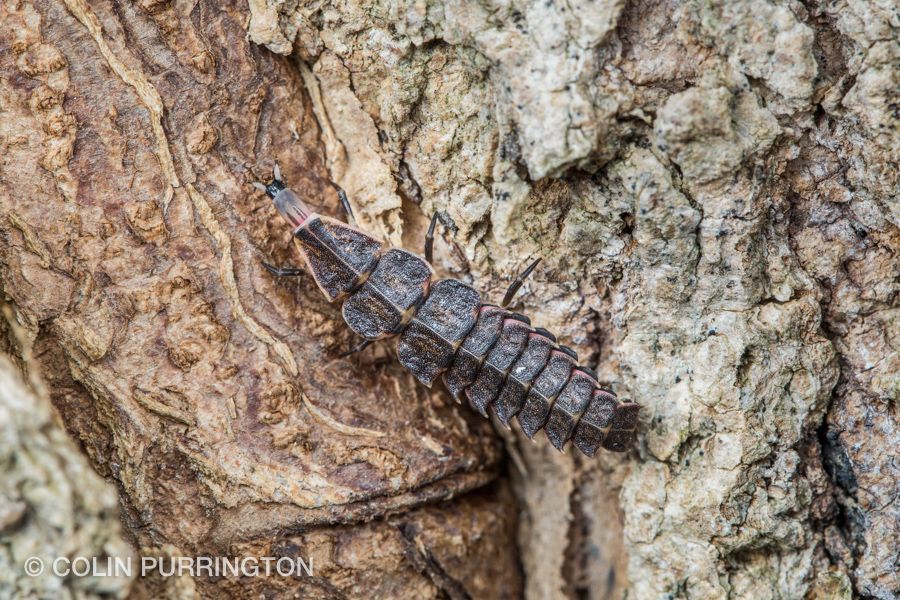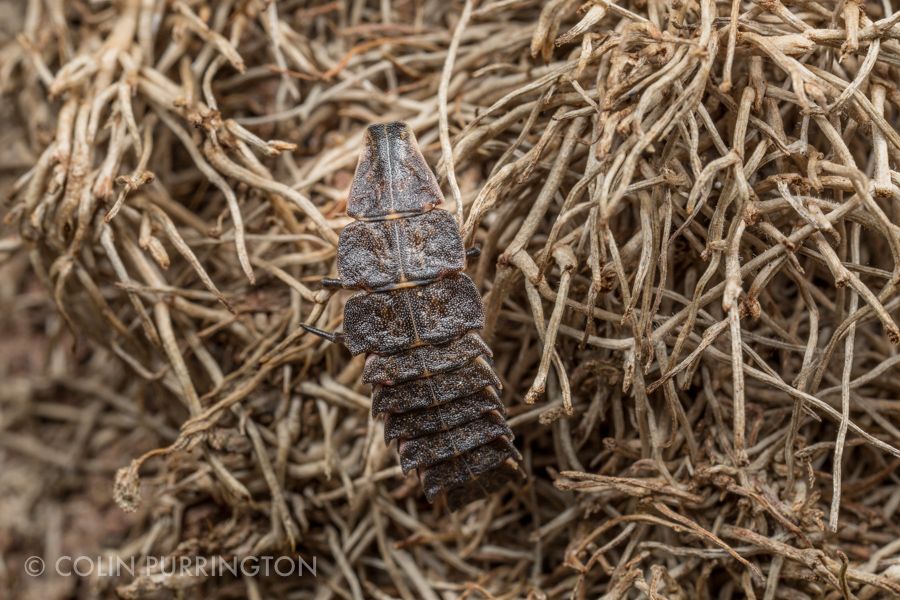I think this is Eris flava, but happy to be corrected. Like every jumping spider I’ve photographed it held onto its prey even while I chased it around the leaf to get the shot. I think I’ve seen a jumping spider discard its prey only once, and perhaps that instance was a spider that had pretty much finished the meal. If you know of any papers on the topic of prey retention under threat, I’d be interested.
If you’re curious, the fly probably isn’t dead yet. Just paralyzed and being digested from within with enzymes injected by the spider. I’d wager the process is exquisitely unpleasant for the fly. I’m assuming the spider moves to different parts of the fly to access different pockets of muscle and such but I couldn’t confirm that in the literature.
If you’re interested in identifying something that’s similar, there’s a useful paper on differences of E. flava and E. militaris by Madison 1986 (pdf), but illustrations of the head are only of males. Photographs and other information are at BugGuide.




